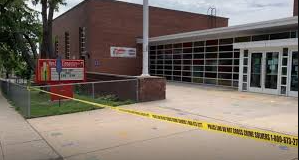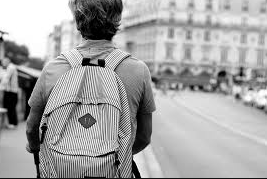
The Texas House report reveals a disorganised law enforcement response, poor school security, and missed warning signs leading up to the tragic events at Robb Elementary School.
The long-awaited Texas House report into the tragic Robb Elementary School shooting on May 24, which resulted in the deaths of 19 children and two teachers, paints a damning picture of law enforcement’s chaotic and ineffective response. The report sheds light on multiple lapses in security protocols, missteps in coordination among officers, and missed opportunities to prevent the attack, painting a broader picture of systemic failures than previously understood.
Ineffective and Disorganised Law Enforcement Response
The report highlights a response that was both massive in scale and utterly disorganised. Nearly 400 law enforcement officers, including local, state, and federal agents, arrived at the scene but failed to take decisive action. After the shooter crashed his truck and entered the school, the situation devolved into more than an hour of inaction, despite multiple 911 calls from inside classrooms and urgent pleas from parents outside. “At Robb Elementary, law enforcement responders failed to adhere to their active shooter training and failed to prioritise saving innocent lives,” the report stated.
While much of the blame has been directed at Pete Arredondo, the Uvalde school district’s police chief, the report spreads responsibility across all responding agencies. Arredondo failed to take charge of the situation, and no one else stepped up to assume command, resulting in a “chaotic atmosphere” on the scene. Early responders attempted to breach the classrooms but were pushed back by gunfire, and the officers misclassified the situation as a “barricaded shooter” rather than an “active shooter,” severely delaying their response.
A key factor contributing to the lack of urgency was the high frequency of school lockdowns in the area. These were mostly triggered by human trafficking incidents, which led to the false assumption that the alert was not a serious threat. The report suggests that this desensitisation to lockdown alarms may have dulled the readiness of both school officials and law enforcement to respond appropriately.
School Security Failures
The report also addresses the critical failure of the school’s security measures, particularly regarding the doors. Robb Elementary had a history of issues with door locks, and the school’s culture of noncompliance around basic security measures played a fatal role. The door the shooter used to gain access to the building was not properly secured, and one of the classroom doors was known to be faulty by several staff members and students. However, no repairs were made, and the door was left unaddressed, leaving it vulnerable to the attack.
Warning Signs from the Shooter
In the months leading up to the attack, the shooter exhibited numerous signs of violent behaviour, which were largely ignored by those around him. He had developed an interest in violent online content and had a history of threatening behaviour. He was known to have become obsessed with school shootings, even adopting the moniker “school shooter” on an online platform. Despite multiple warning signs, including violent behaviour and estrangement from his family, the shooter legally acquired firearms in the days leading up to the attack.
The report reveals that several family members knew about the shooter’s troubled behaviour and attempts to buy guns, but no one took action to intervene. In an online conversation just days before the attack, he ominously wrote, “10 more days.”
Role of Border Patrol Officers
While much of the focus initially fell on local and state law enforcement agencies, the report also notes the involvement of the U.S. Border Patrol, which had 149 officers at the scene—the largest contingent of any agency. Despite the Border Patrol’s presence, many of its officers, including those in the tactical unit that eventually took down the shooter, were delayed in taking action. The commander of the Border Patrol tactical team waited for a bulletproof shield and a working key to the classroom door, despite reports that the door may not have needed the key. The report further revealed that none of the Border Patrol agents involved in opening the door were wearing body cameras, which further hampered the investigation.
The report raises critical questions about the effectiveness and coordination of the law enforcement response to the attack, with implications for how similar situations will be handled in the future.












